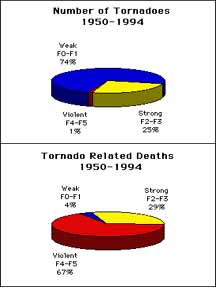Tornadoes and tornado deaths, sorted by
Fujita class.
Click on image for full size
Courtesy of University of Chicago
Tornado Stats
Most of the world's tornadoes occur in the United States. The area where
most of them develop is called
Tornado Alley. About 750
tornadoes strike the U.S. each year and about 100 people are killed by
these storms. Most only last a few minutes and travel only a few miles,
but some can last much longer and travel over 100 miles.
Some really severe
thunderstorms can spawn more than
one tornado. These are know as tornado families. They can form one
after another or they can form in a line. Some really strong tornadoes
even break into smaller ones.
Tornadoes are divided into groups according to how strong their winds
are. Violent
tornadoes don't happen very often, but they cause the most destruction
and loss of life. Meteorologists have new equipment and new knowledge that
allows them to
forecast tornadoes
earlier. With an earlier forecast, they can issue
warnings and tell
the public to take shelter. This had helped lower the death toll due to
tornadoes. But, scientists don't know how to stop tornadoes so they
can't easily reduce the damage caused my them.
You might also be interested in:

What types of instructional experiences help K-8 students learn science with understanding? What do science educators teachers, teacher leaders, science specialists, professional development staff, curriculum designers, school administrators need to know to create and support such experiences?
...more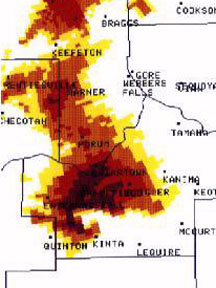
The short duration and complicated nature of tornadoes make them nearly impossible forecast. Meteorologists don't really know the specifics of how they form, but they do know what atmospheric conditions
...more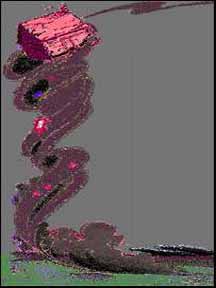
Tornadoes are very destructive, so it's important to know when one may form so you can take shelter. Forecastors at the National Weather Service are always on the lookout for developing storms. Even though
...more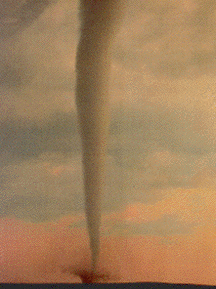
Tornadoes form from severe thunderstorms. They have a very high energy density which means that they are very destructive to a small area. They also don't last very long which makes them hard to study.
...more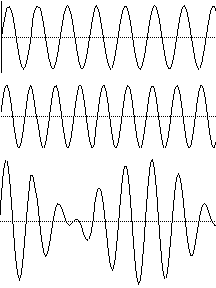
Sound travels in waves. These waves have both a frequency and an amplitude. The frequency is measured in hertz, which is one wave cycle per second. A cycle is a repeated pattern of positive and negative
...more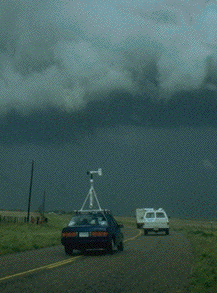
Storms chasers are different than storm spotters. Chasers travel around Tornado Alley looking for severe storms and tornadoes. This area in the Great Plains is the best for chasing. Besides having a lot
...more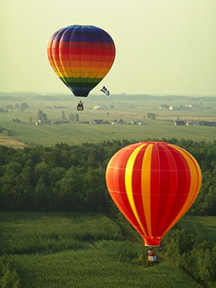
A tornado is the most destructive force in nature; that doesn't mean it has the most energy. Thunderstorms which produce tornadoes can have 40,000 times as much energy as a tornado! Tornadoes are so destructive
...more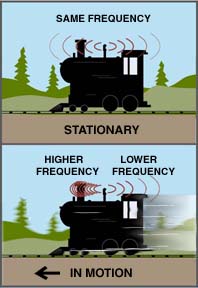
The Doppler effect was named after Christian Doppler, who first came up with the idea in 1842. He determined that the frequency of sound waves would change if either the source of the sound or the observer
...more


